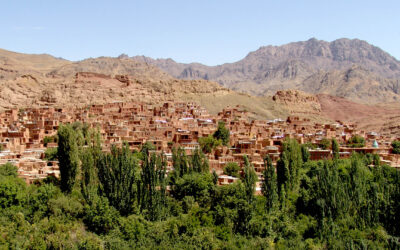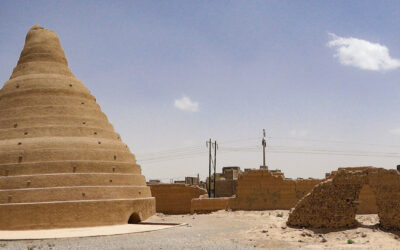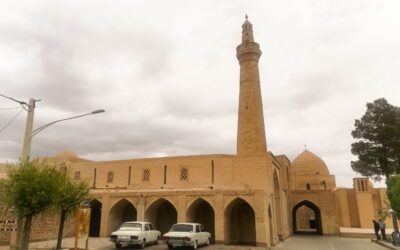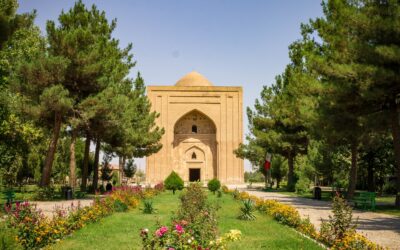TOMB OF OMAR KHAYYAM RA
- The city of Nishapur is part of the region in north-eastern Iran that produced some of the foremost Muslim thinkers and academics of the Middle Ages. The great scholar of hadith, Imam Muslim RA was born there, Imam Bukhari RA spent part of his life there as did so many other scholars. Nishapur’s favourite son however, and its primary claim to fame, is Omar Khayyam.
- Possibly the greatest mathematician the Muslim world has known, Omar was born to a family of tent-makers (hence his name al-Khayyam – Tent-makers) in 1048CE.
- He spent almost all of his long life in and around Nishapur which was an incredibly important centre of learning during the Middle Ages, and a major base from which Islam spread into Afghanistan and Central Asia.
- He was multi-disciplined, and considered an expert on several subjects, including mathematics, philosophy, astronomy, physics, and poetry. But it was in mathematics that he made his greatest mark on the Muslim world. Among his contributions were his studies in solving geometric and algebraic equations; physics and mechanics; and astronomical observations.
- He was invited to the capital Isfahan by Sultan Malik-Shah where he produced a new calendar called the Jalali calendar which was adopted in 1075CE.
- Despite being a master of mathematics, he is actually better known for his poetry. He wrote about a thousand four-line verses or quatrains of poetry which was translated to English in the 19th century. Published collectively as the ‘Rubaiyet of Omar Khayyam’, this work of his overshadows his books on metaphysics, geometry and algebra!
- His grave lies just outside the city of Nishapur (which actually spared its desecration during the Mongol invasion) and is a popular site for visitors.
- A modern, geometry-inspired sculpture now forms the tomb with tent-like structures surrounding it as an indication to his family name.








